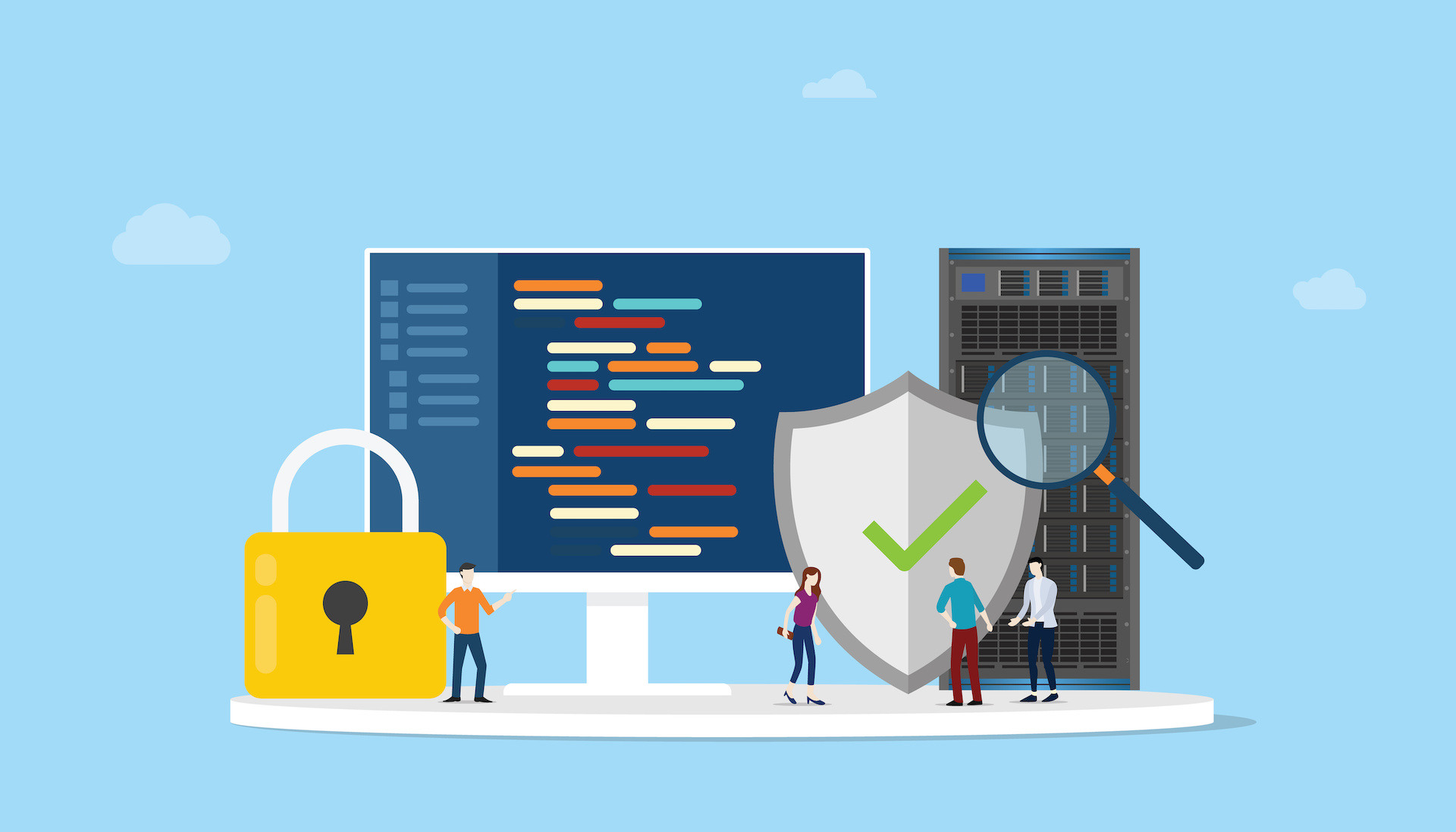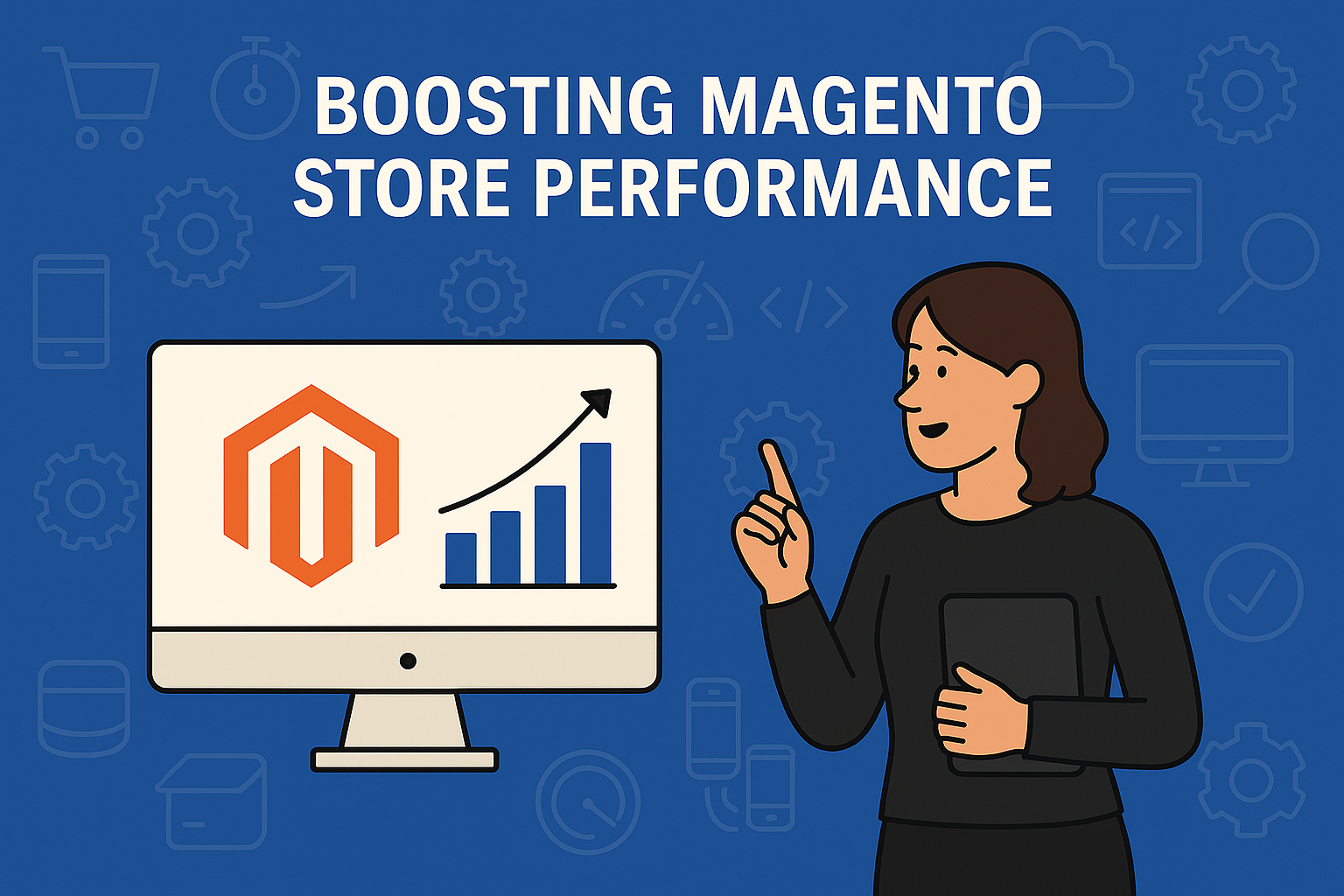eCommerce Optimization Series: Accessibility
Find practical ways to ensure your eCommerce site meets accessibility standards and offers a seamless experience for all users.

Maintaining a secure website is paramount — not only does it protect your business from cyber threats, but it also ensures a safe environment for customers, building trust and safeguarding sensitive information. Any lapse in security can lead to serious issues — data breaches, customer distrust, and even legal liabilities.
In this final article in our eCommerce Optimization Series, we’ll focus on security and site issues, covering practical steps to strengthen your site’s defenses and address common vulnerabilities.
For eCommerce websites, security is not optional. Any compromise can lead to significant financial loss and reputational damage, while regulatory bodies may impose severe penalties for data breaches. With the high volume of transactions on eCommerce sites, protecting customer data and ensuring uninterrupted service are crucial.
Securing your eCommerce website starts with fundamental protective measures. These steps are the foundation upon which more advanced security tactics can be built.
HTTPS encrypts the data transmitted between your website and your users, protecting it from interception by third parties. An SSL (Secure Sockets Layer) certificate is essential for HTTPS, securing data exchanges and verifying your site’s authenticity.
Steps to Secure with HTTPS:
Weak passwords are a common entry point for attackers. Implementing strong password requirements and enabling 2FA for both customers and administrators adds significant protection.
Password Policy Tips:
Understanding and defending against common security threats is essential for a safe eCommerce environment. Cybercriminals target vulnerabilities that many eCommerce sites unknowingly overlook.
SQL injections and XSS attacks allow attackers to manipulate website databases and steal data or alter site functionality.
Preventative Measures:
Regular audits and vulnerability scanning identify weaknesses before attackers can exploit them. Conducting periodic security assessments helps catch new vulnerabilities, especially when implementing updates or third-party integrations.
Steps for Effective Security Audits:
Protecting customer data is not only a security best practice but also a legal requirement. With stringent data protection laws in place, failing to protect personal information can result in significant fines and penalties.
Encryption ensures that even if data is intercepted, it cannot be read or used without the decryption key. Encrypt sensitive information, such as customer payment details and passwords, both in transit and at rest.
Encryption Best Practices:
Laws like the General Data Protection Regulation (GDPR) in the EU and California Consumer Privacy Act (CCPA) in the US require businesses to protect personal data and give customers control over their information. Non-compliance can lead to severe fines and reputational damage.
Compliance Tips:
With the complexity of modern websites, relying on manual checks alone is insufficient. Security tools and automated monitoring offer additional layers of protection.
A WAF filters out malicious traffic, protecting your site from attacks like SQL injections and XSS. Many WAFs also offer DDoS protection, helping maintain uptime during traffic surges.
WAF Recommendations:
Regular backups ensure that if your site is compromised, you can quickly restore it to a previous state. Schedule automatic backups to prevent data loss and minimize downtime.
Backup Best Practices:
Securing an eCommerce site requires a multi-layered approach. Implementing HTTPS, SSL, and strong password protocols, defending against SQL injection and XSS attacks, conducting regular audits, and adhering to data protection regulations are all essential steps for a secure online store. Remember, security is not a one-time effort but an ongoing process of vigilance and adaptation. By prioritizing security, you protect not only your business but also the trust and loyalty of your customers.
Related: The Ultimate Guide to Magento Security
If your site is hacked, immediately disconnect it from the internet to prevent further damage. Notify any affected customers, reset passwords, and restore your site from a clean backup. Perform a full security audit to identify the cause and implement additional security measures to prevent future breaches. You may also need to report the breach to relevant authorities if customer data was compromised, depending on regulatory requirements.
You should update your site’s software and plugins as soon as new updates are available, especially if they address security vulnerabilities. Delaying updates can leave your site exposed to known threats. Schedule regular maintenance checks, at least monthly, to ensure all components are up-to-date and functioning as expected.
To protect your site from DDoS attacks, implement a Web Application Firewall (WAF) and enable DDoS protection with services like Cloudflare or Akamai. Additionally, ensure your hosting provider offers scalable bandwidth options to help absorb large traffic volumes during attacks. You can also configure rate limiting and traffic monitoring to identify and block suspicious activity before it affects your site.

Find practical ways to ensure your eCommerce site meets accessibility standards and offers a seamless experience for all users.

Get expert answers to Magento optimization FAQs, including site speed, checkout, UX design, security, scaling, and personalization strategies to boost performance and growth.

Use this guide to get insights to improve your site’s infrastructure and user experience, ensuring it performs optimally no matter how much traffic it gets.